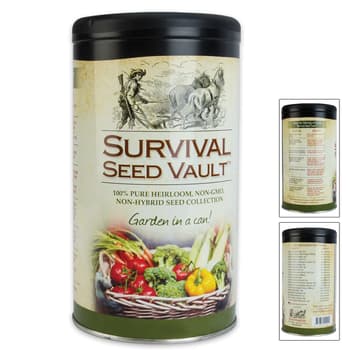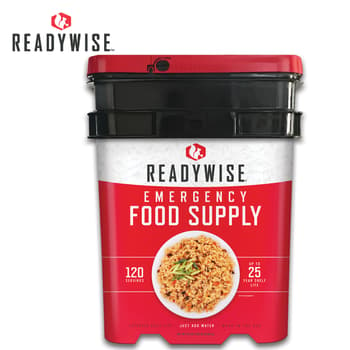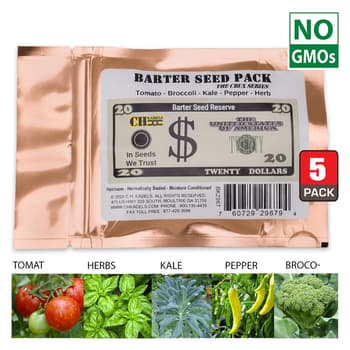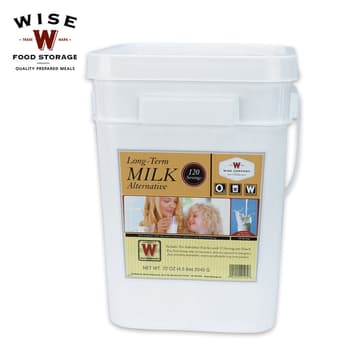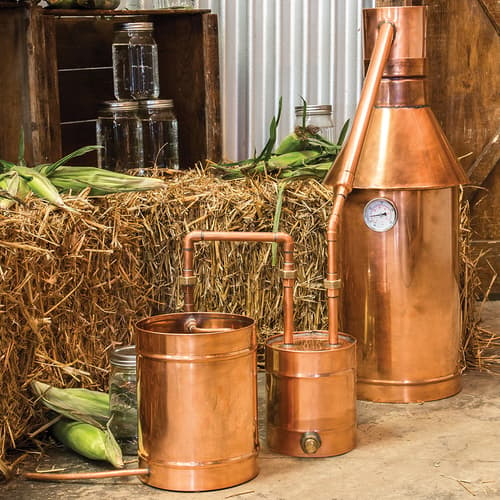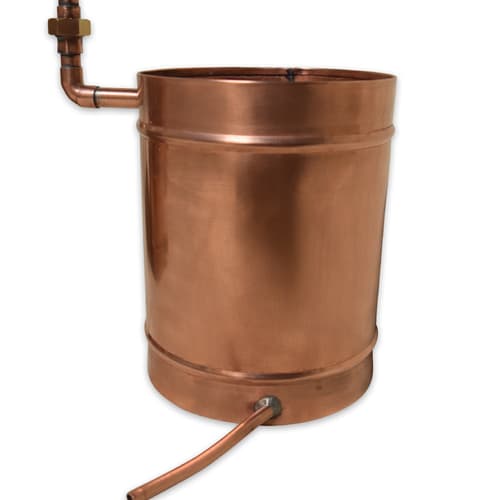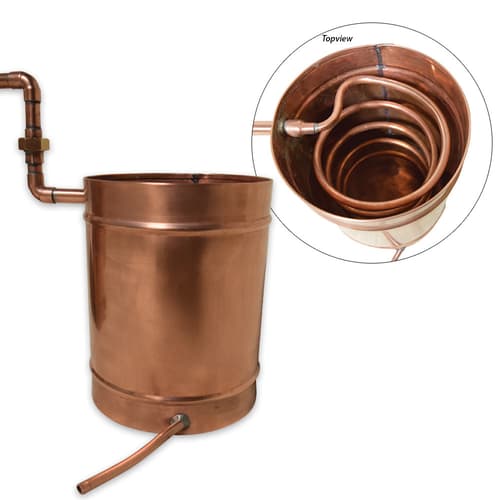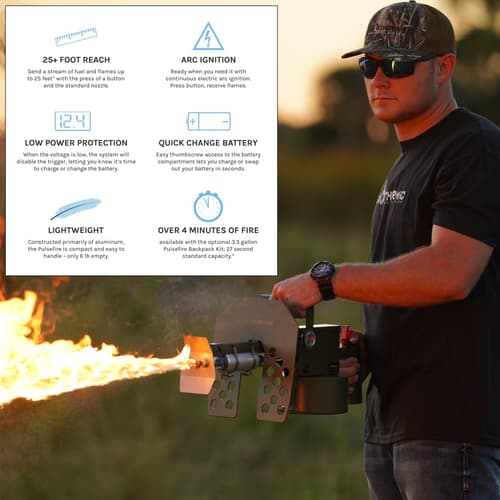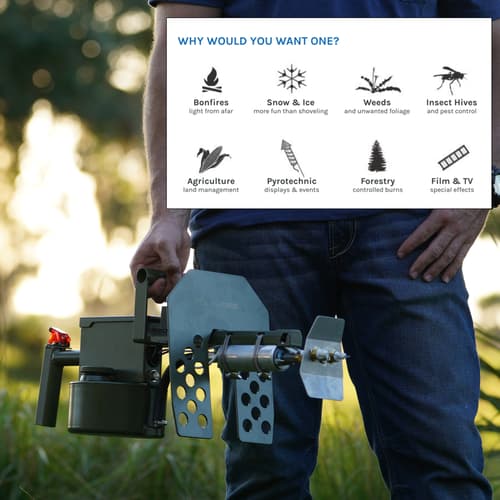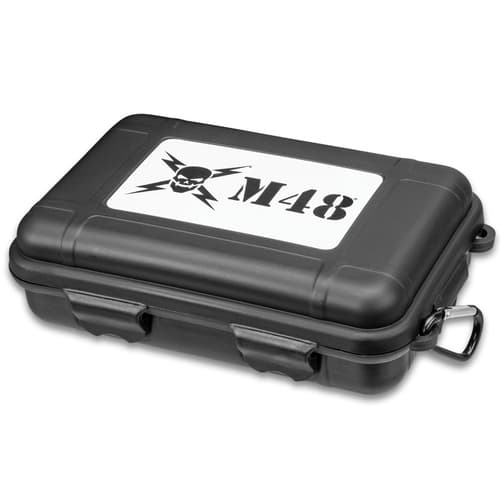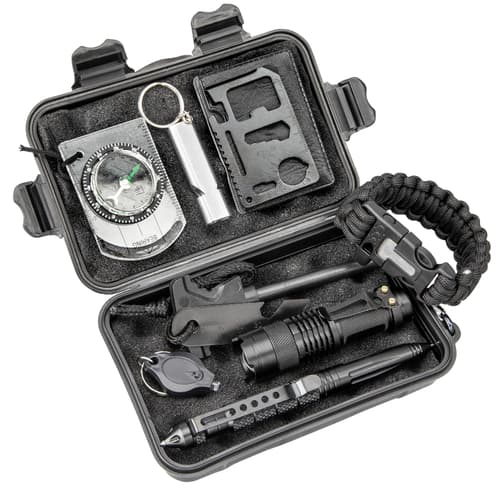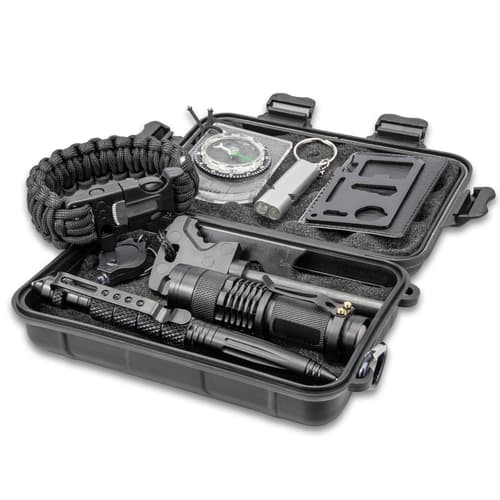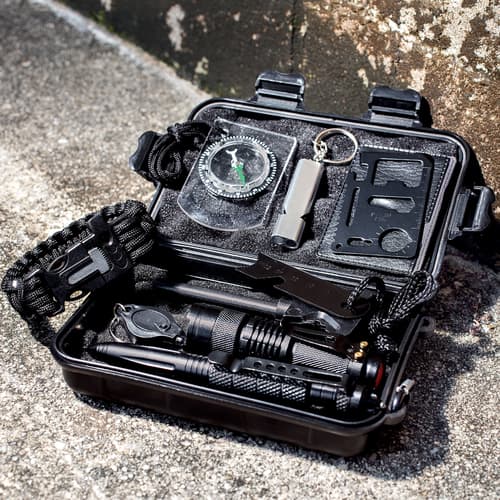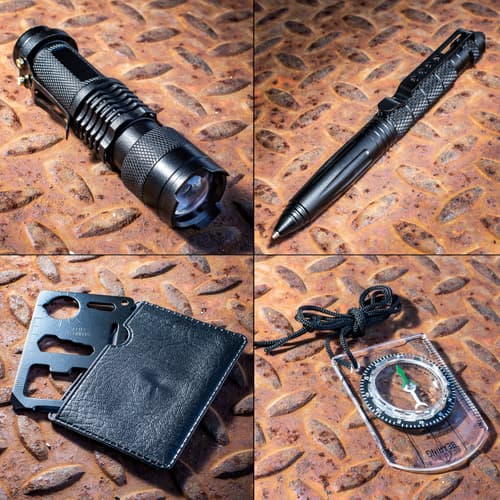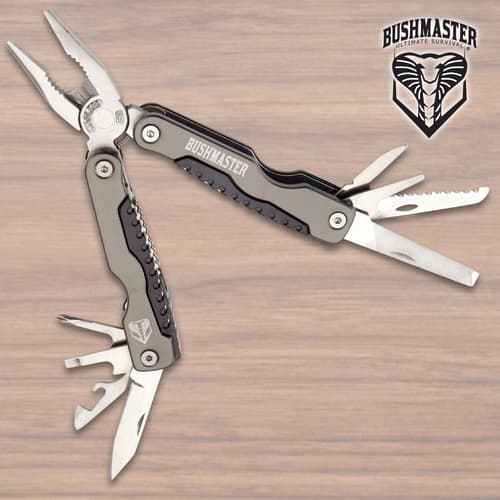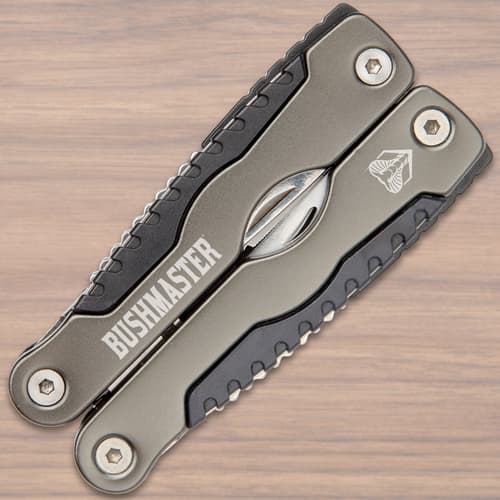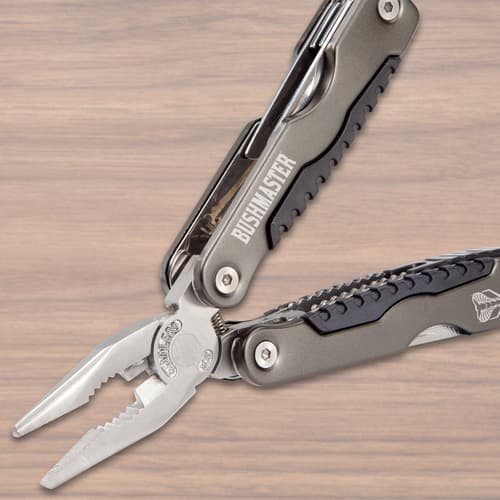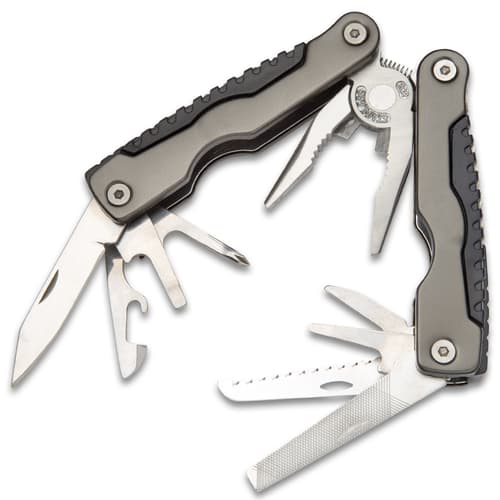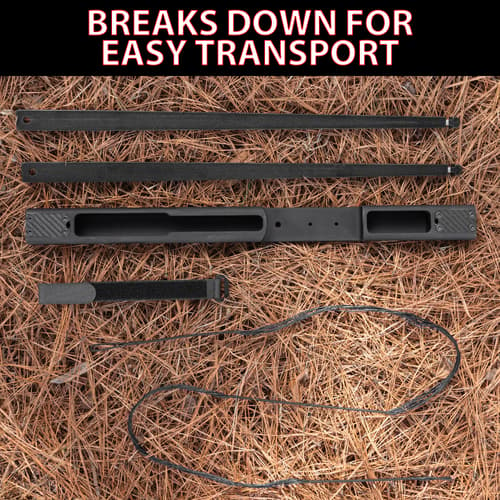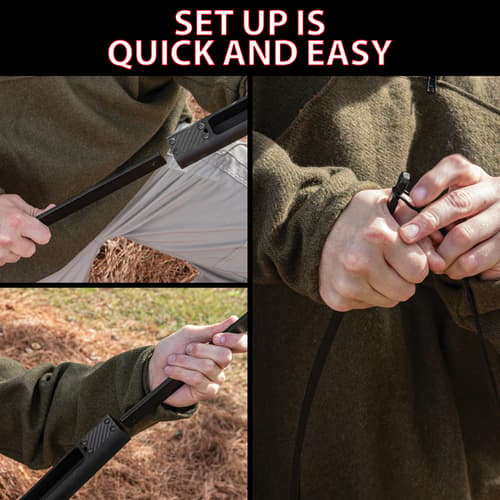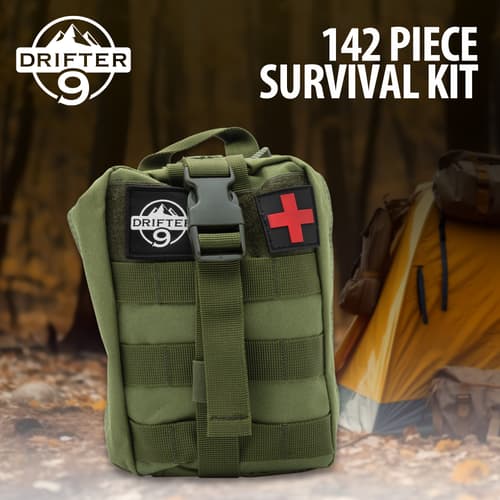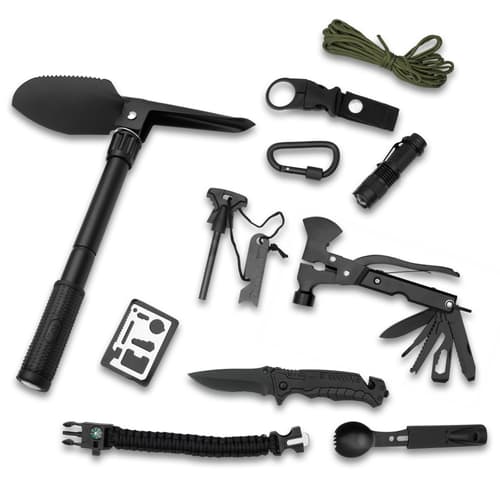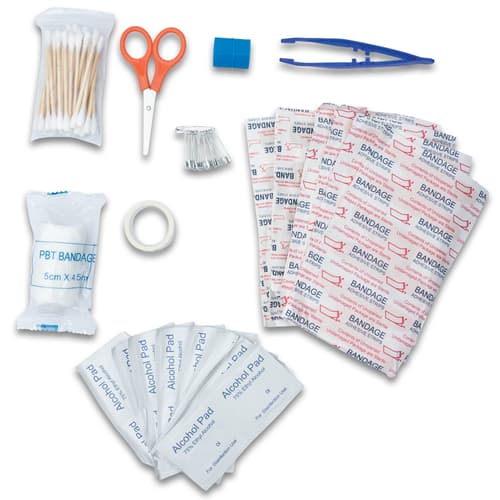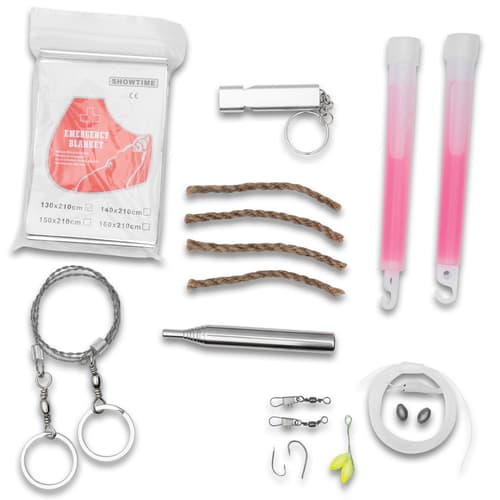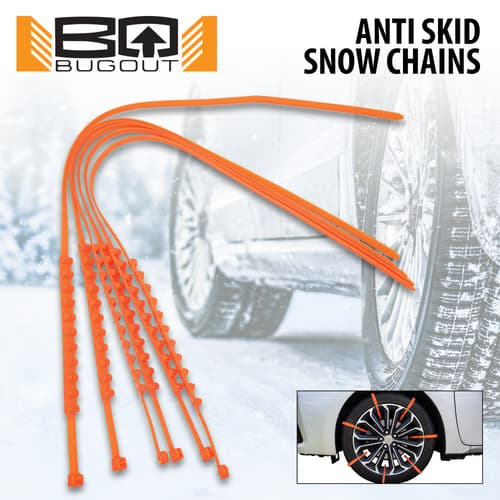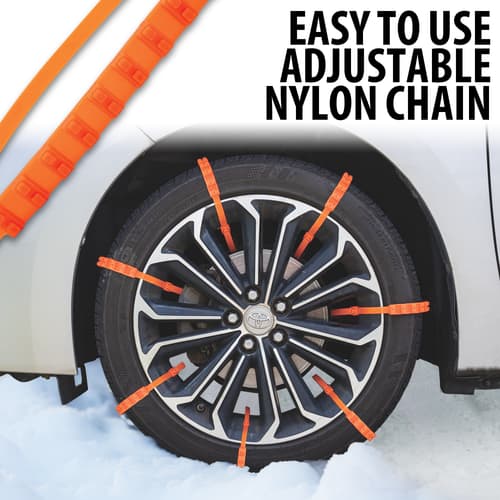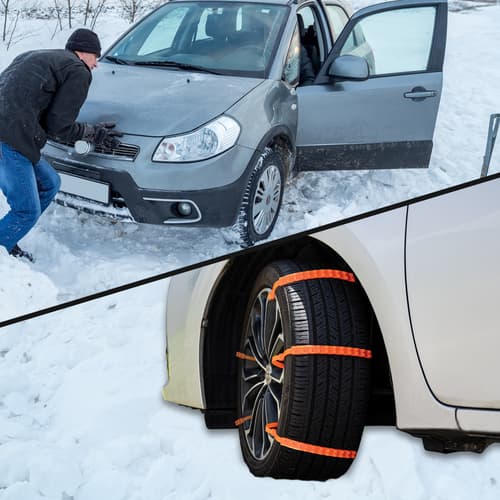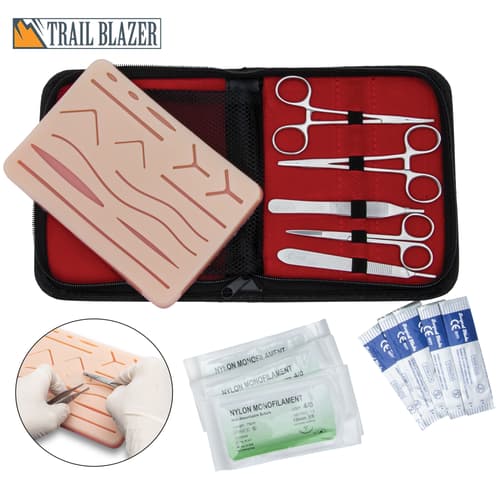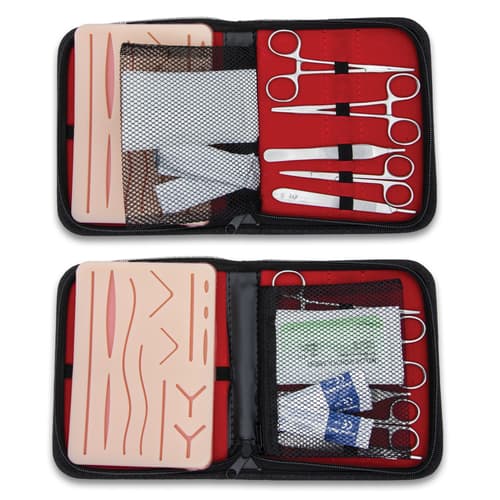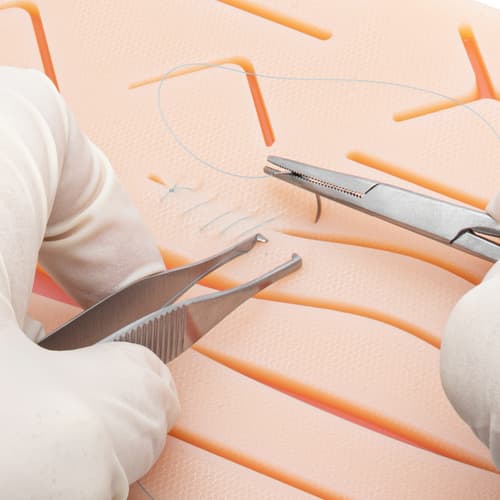Are You Food Independent?
Are You Food Independent?

As you know, there are no guarantees about future events. There is no guarantee that SHTF won’t happen tomorrow. These are things beyond your control. What is not beyond your control is that you can guarantee that you and your family have food to survive when push comes to shove. Now, that is a guarantee you need to get behind and take seriously. The only way to do this is to make sure that you are food independent.
Gardening
One of the most basic ways to start your independence journey from commercial food sources is to get in touch with the earth. Plant a survival garden. Take some space in your backyard to use but it doesn’t have to be a plot that takes up you entire backyard. Especially, when you’re just getting started. You want to make it manageable and simple. The key to starting a garden is by making a plan, using knowledge that you have acquired on the things that you want to grow. You need to choose vegetables that will thrive where you live. This is important to your garden’s success.
 Put your garden plan into action.
Put your garden plan into action.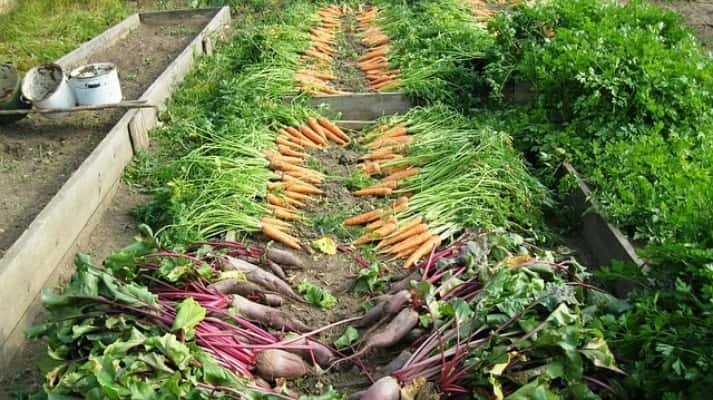 Enjoy the fresh bounty a garden brings.
Enjoy the fresh bounty a garden brings. Once you’ve made your gardening plan, you need to put it into action. In other words, do it now! Don’t wait until SHTF to start because that is way too late. Gardening is something that needs to be practiced and done through trial and error. You need time to learn because you can’t expect the first time you plant that everything will meet your expectations and needs. You need time to learn and adapt your plan, based on the results and reality of your individual garden plot and its environment. You won’t know this until you’ve been through a season with your garden.
 Planting marigolds with vegetables will deter pests.
Planting marigolds with vegetables will deter pests. A big trend in home gardening is the application of permaculture, which means emulating patterns in nature to design your garden. Some of the principles include planting things together that are mutually beneficial like corn, squash and beans; planting things in your garden that will deter pests like oregano and marigolds; or using mulch as a natural fertilizer. These are just a few simple ideas but permaculture gardening has become an ideology that could encompass your entire property and its landscape, if you really want to dig into it (Pun totally intended). When you first start, though, you should keep it simple.
Green house gardens allow you to create a more controlled environment for your garden, especially, against unexpected frosts and pests like rabbits and birds. A rabbit can take out your garden almost before it gets started. A green house also allows you a little more leeway on which vegetables you want to grow because of the controlled environment. However, when you first start your greenhouse garden, just like a garden plot, you will need to adjust your plan to the realities of the environment that you have created.
Green house gardens allow you to create a more controlled environment for your garden, especially, against unexpected frosts and pests like rabbits and birds. A rabbit can take out your garden almost before it gets started. A green house also allows you a little more leeway on which vegetables you want to grow because of the controlled environment. However, when you first start your greenhouse garden, just like a garden plot, you will need to adjust your plan to the realities of the environment that you have created.
Preserving
Once you have your garden growing and producing vegetables, you can really start enjoying the yummy goodness that goes straight from your garden to you kitchen. Nothing beats a truly fresh tomato or cucumber. But when you’re in it for the long haul, you need to make sure that you can enjoy that you yummy goodness all year round or when your tomatoes just didn’t make it which no matter how much you plan, can happen. You need to plan for the future and the best way to do this is to preserve a percentage of your vegetables by canning, drying or freezing them. Don’t, however, just depend on freezing them because that won’t help you if it comes down to a no electricity scenario. Pair freezing with another method. Even if you have a good generator plan in place, I wouldn’t risk it.
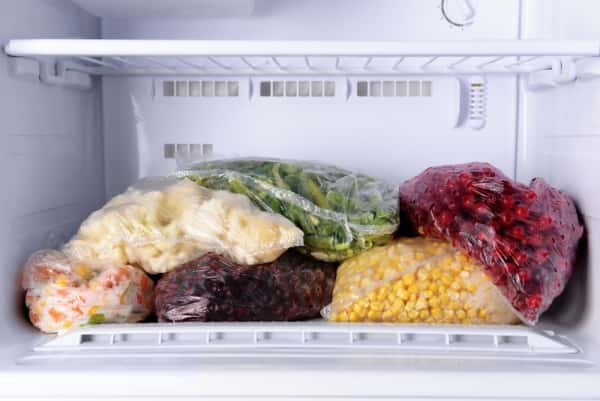 Freezing is a very common way to preserve vegetables.
Freezing is a very common way to preserve vegetables. Canning is a traditional way to preserve your vegetables.
Canning is a traditional way to preserve your vegetables. Freezing is probably the most common and simple way to preserve vegetables. For example, all you have to do with tomatoes are blanch them a little to help loosen the peel, put them in cold water and then put them whole in plastic freezer bags (These are great for soups and sauces during the winter). Many vegetables can be done exactly the same way. With the exceptions, of course, being things like cabbage, lettuce, celery and cucumbers.
Canning is one of the traditional ways of preserving food and is a process that requires a little more work because it’s a little more entailed. Canning is, basically, using heat to process foods in airtight, vacuum-sealed containers, like glass jars, so that you can store in your pantry. When you look for resources on the process of canning, you will see instructions for using a pressure canner and a boiling-water canner. The method you use depends on the acidity in the food you are using. Do not take shortcut, no matter what you see about using a microwave, the dishwasher or even the oven. Stick to the two tried and true methods above and make sure you follow the directions precisely. This assures that all of your hard work in the garden is not spoiled (literally) by flawed canning methods.
Canning is one of the traditional ways of preserving food and is a process that requires a little more work because it’s a little more entailed. Canning is, basically, using heat to process foods in airtight, vacuum-sealed containers, like glass jars, so that you can store in your pantry. When you look for resources on the process of canning, you will see instructions for using a pressure canner and a boiling-water canner. The method you use depends on the acidity in the food you are using. Do not take shortcut, no matter what you see about using a microwave, the dishwasher or even the oven. Stick to the two tried and true methods above and make sure you follow the directions precisely. This assures that all of your hard work in the garden is not spoiled (literally) by flawed canning methods.
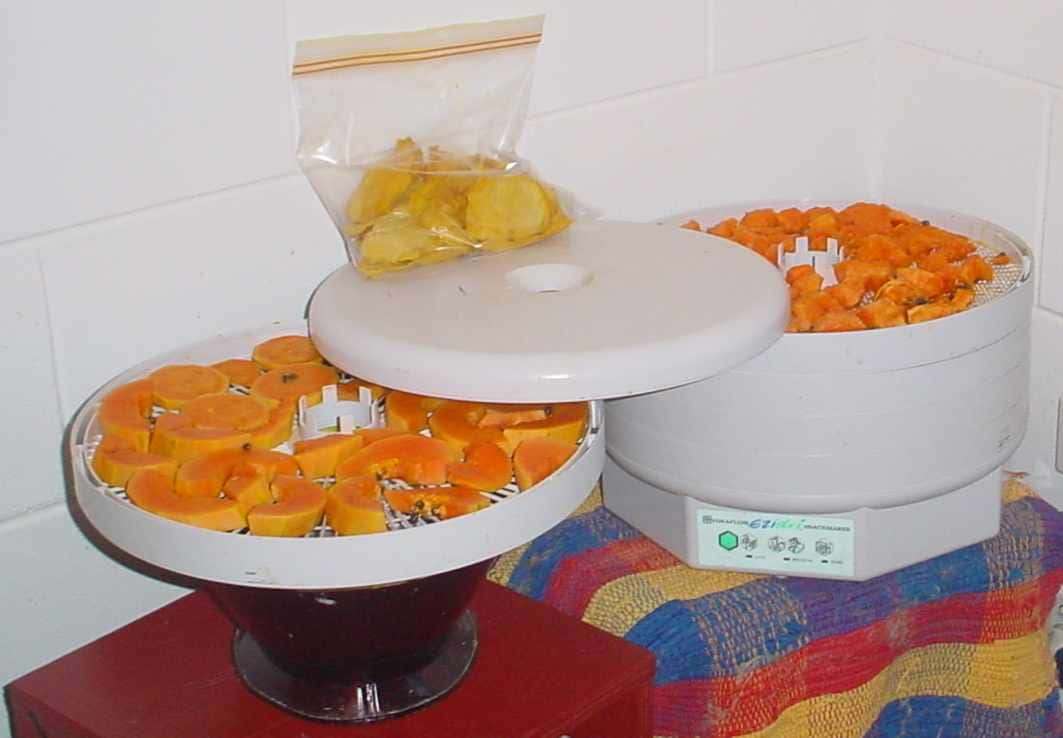 A food dehydrator is an easy way to preserve food.
A food dehydrator is an easy way to preserve food. Drying food as a preservation method has been around for thousands of years and is relatively simple with little preparation time. What happens during the drying process is that the moisture from the food is removed so that the biological action that causes it to spoil doesn’t happen. Now, one option is to get a food hydrator that will do the job quickly. You can also use your oven if you don’t want to invest in a food dehydrator but both of these run on electricity (unless you have a wood-burning stove), so, your other option is to dry food is in the sun, which obviously takes longer.
Fruits are perfect candidates to be dried and need to be soaked in ascorbic acid, vinegar or lemon juice before you dry them. Vegetables like beans and peas can be left on the vine until they’re dried and then harvested but make sure that they are completely moisture-free. Corn can be dried on its cob and you can even dry zucchini and cucumbers to make vegetable chips that you can dip. Food dryers that are specifically made for sun-drying can be found, as well. They feature protective screens to keep bugs out. Of all things you can dry, meat is probably one of the first things ancient people dried. So, go ahead and pursue making jerky but remember, it does have a limited “shelf-life”.
There are so many great resources out there to get all the knowledge that you need to do to get on your way to being food independent. It’s just a matter of making that effort to do the research, make your plan and then follow through. A word to the wise, though, make sure that you also stock and store some back-up and fill-in meals-ready-to-eat. You never know how your garden will do from season to season and you could have a situation where you are forced to bug-out instead of sheltering-in-place. Just make sure that you’re always prepared!
Fruits are perfect candidates to be dried and need to be soaked in ascorbic acid, vinegar or lemon juice before you dry them. Vegetables like beans and peas can be left on the vine until they’re dried and then harvested but make sure that they are completely moisture-free. Corn can be dried on its cob and you can even dry zucchini and cucumbers to make vegetable chips that you can dip. Food dryers that are specifically made for sun-drying can be found, as well. They feature protective screens to keep bugs out. Of all things you can dry, meat is probably one of the first things ancient people dried. So, go ahead and pursue making jerky but remember, it does have a limited “shelf-life”.
There are so many great resources out there to get all the knowledge that you need to do to get on your way to being food independent. It’s just a matter of making that effort to do the research, make your plan and then follow through. A word to the wise, though, make sure that you also stock and store some back-up and fill-in meals-ready-to-eat. You never know how your garden will do from season to season and you could have a situation where you are forced to bug-out instead of sheltering-in-place. Just make sure that you’re always prepared!
